QuestionI have a baby red slider turtle I'm not sure how old it is but i have had it for a few days and he seemed just fine. Until this morning i noticed that his skin above his head started to peal. He's been sitting on the basking platform for the whole morning now and his eyes are closed. What should i do to help my little turtle?
AnswerHi Lorena!
Your turtle is just simply shedding. It is a process of growth. While snakes and lizards shed their skin regularly, turtles have a slower growth rate (thats why they live so long) and do not shed in the same manner. Some small amount of visible shedding is not alarming, but any skin shedding that is prolonged or extensive is not really normal. Many owners overfeed their turtles and overheat their enclosures, both of which can lead to shedding. Since the problem is common, many keepers mistakenly think that it is fine. Excessive shedding is not usually a serious problem, but still should not be considered "normal." Overfeeding causes rapid growth, resulting is excessive skin shedding. Since overfeeding has been associated with kidney problems and other health issues in future years, it is best to avoid it. Overheating, especially in the basking area, can damage the skin and cause shedding. Use a low-wattage bulb, and place it so that the temperature does not exceed 85F. in the warmest area for subtropical/temperate species (e.g. red-eared sliders and painted turtles) or 90F for tropical aquatics (e.g. Malayan box turtles). Over-supplementation with vitamin A can cause the skin to thicken and shed. Excessive vitamin A is toxic and can damage the liver. Most cases of severe hypervitaminosis A are caused by vitamin A injections, often as a result of a misdiagnosis. It is also possible, but less likely, to overdose with oral supplements. Do not use supplements more than once per week. Using aquatic plants and/or dark green and red lettuces in the diet will provide beta carotene which converts to vitamin A without the possibility of overdose.
4. Insufficient vitamin A (or beta carotene) in the diet can also damage the skin. In this case, the skin is usually thin and reddened. The eyes are also likely to be affected if a vitamin A deficiency is present. Feeding dark green and red lettuces, squash, carrots, occasional fish, occasional egg yolks, or commercial turtle foods should prevent hypovitaminosis A. Fungal infections can cause skin shedding or mimic the appearance of shedding skin. Place the turtle in a mild saline solution. Salt will kill surface fungus, but deeper infections will need further care. Make sure the turtle spends time completely dry. The water should be kept clean. If a fungal infection does not respond to these improved habitat, seek veterinary help. Extremely high ammonia levels in the water can damage the outer layer of skin and cause shedding. RES are tolerant of high ammonia levels while map turtles are not, so this problem is more likely to occur with Graptemys species. It's important to remember that high ammonia levels discovered *after* the shedding may be caused by the excessive amount of skin in the water, rather than the cause of the problem. For a filtration system that is easy to maintain and produces excellent quality water, visit this link: One effective setup for aquatic turtles in small tanks. Antibiotic treatment, especially injected Baytril, can cause skin shedding in the week following the treatment. This situation should right itself in a week or two without any intervention. Some serious conditions such as myxedema or viral liver disease can present with skin shedding. These would require veterinary care.
Hope this helps! If you need more info just ask! :D
~Sam

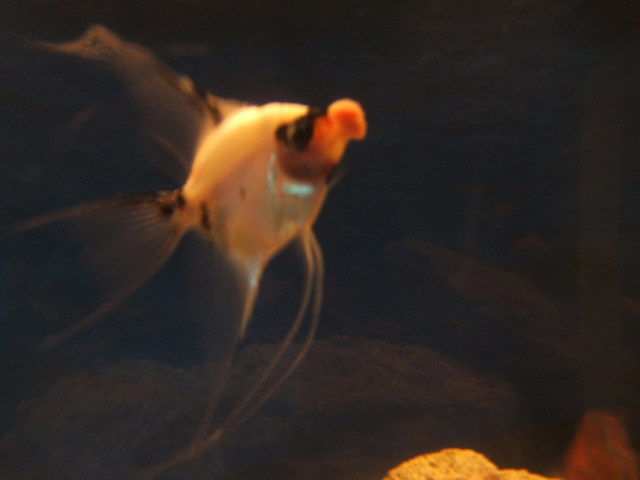 Sick angel fish
Question
Angel fish w/cauliflow
Is there any cure for m
Sick angel fish
Question
Angel fish w/cauliflow
Is there any cure for m
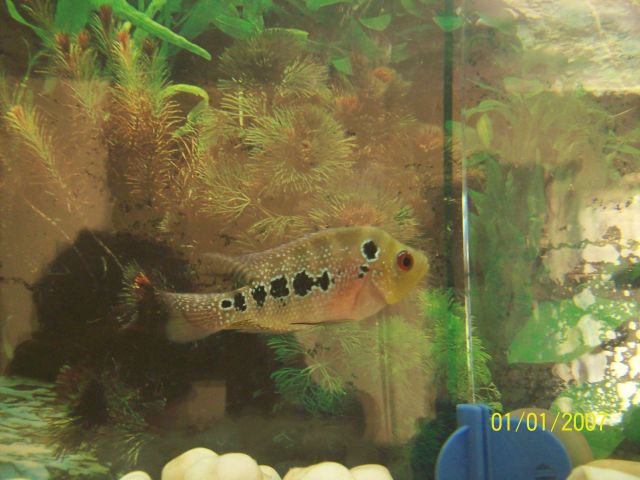 IS my flower horn male or female
Question
my flower horn
IS my flower horn male or femal
IS my flower horn male or female
Question
my flower horn
IS my flower horn male or femal
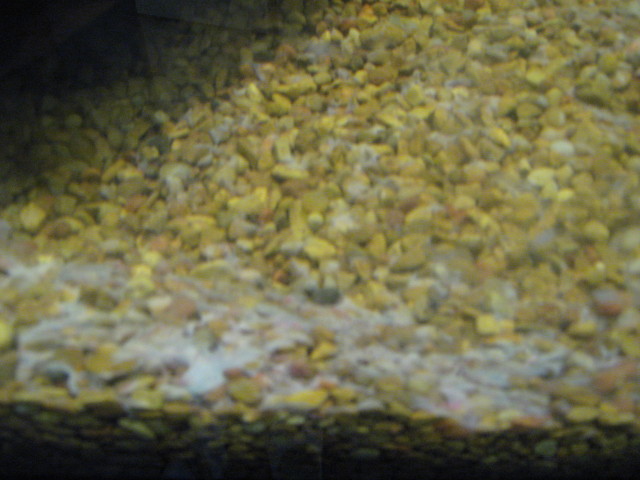 white cobwebs in my tank
Question
cobwebs
Hi!
Im a novice fish owner. weve had o
white cobwebs in my tank
Question
cobwebs
Hi!
Im a novice fish owner. weve had o
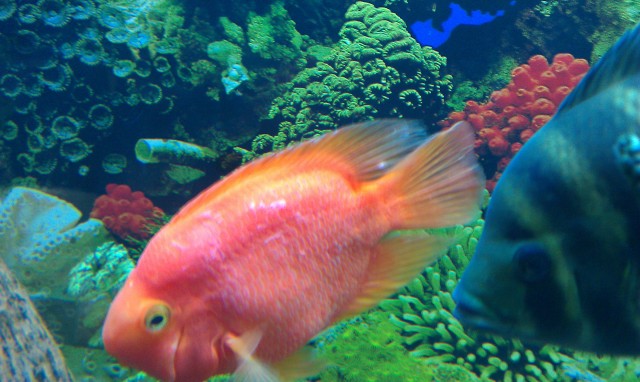 Parrot disease
Question
scales peeling off
I have a 115 gallon tank wi
Parrot disease
Question
scales peeling off
I have a 115 gallon tank wi
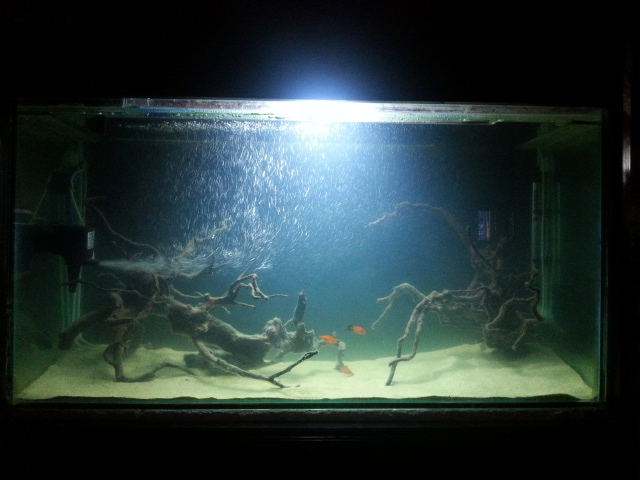 help with DISCUS
Question
My aquarium in process
Hello Sir
I am f
help with DISCUS
Question
My aquarium in process
Hello Sir
I am f